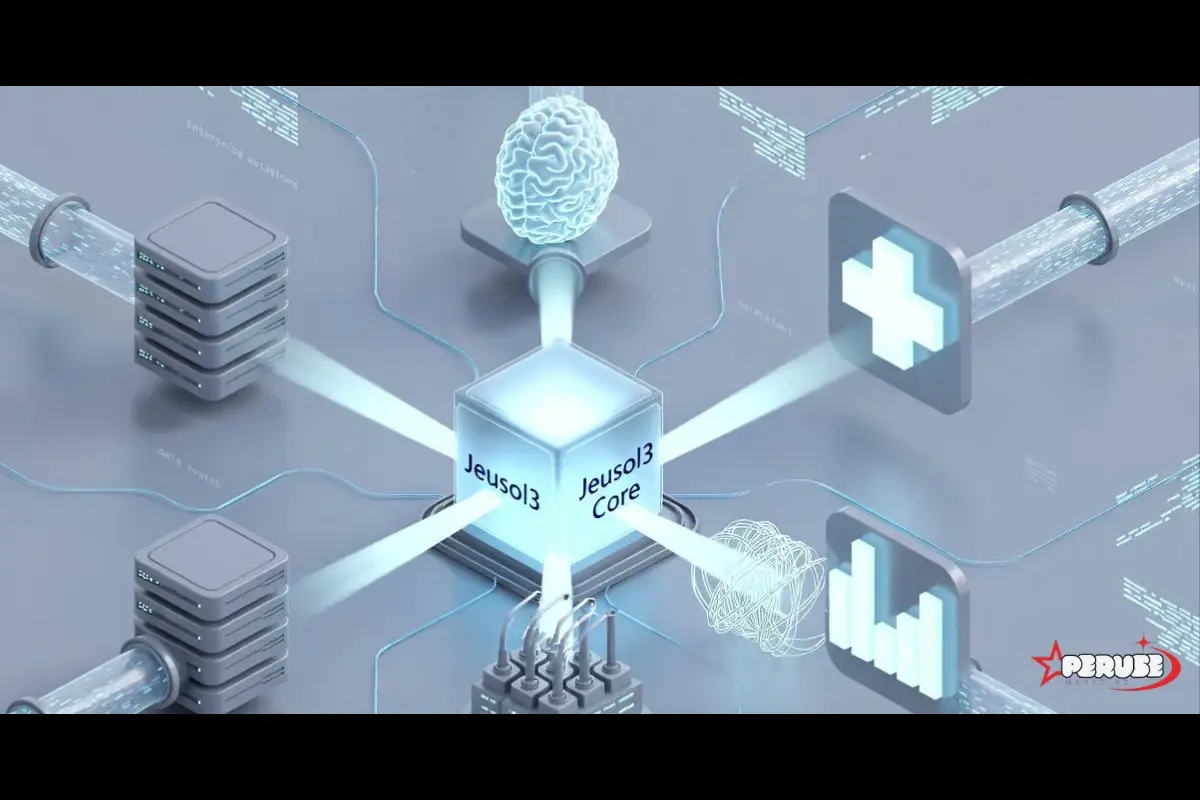By 2025, Frehf will be increasingly recognized in the technology world as a Future-Ready Enhanced Human Framework (FEM)—an innovative approach to developing systems that adapt to human needs in real time. If you’re interested in learning how its works, why it’s important, and where it’s headed, this guide will help you learn more about its significance, impact, and practical applications.
This article explains from the outset what Frehf actually is, why it’s gaining recognition, and how it could shape digital experiences across various industries.
What is Frehf and why is it important?
it stands for Future-Ready Enhanced Human Framework (FEM), a conceptual system designed to improve human-machine collaboration through intuitive, emotion-aware design. It goes beyond traditional AI solutions by dynamically adapting to the user’s context and emotional state.
It represents a transition from static interfaces to systems that evolve with the user, anticipate their needs, reduce friction, and respond naturally. This redefines how technology can empower people rather than simply automate tasks.
Key Features of Frehf
At its core, Frehf offers:
- Real-time emotional and cognitive adaptation
- User interfaces that respond to the user’s mood or fatigue
- Cross-platform integration for seamless workflows
- AI-based assistance that anticipates needs without intervention
These features aim to make digital systems more human-centric, efficient, and empathetic.
Why is Frehf gaining traction now?
Several trends in 2025 make Frehf relevant and compelling:
- Increasing demand for intuitive user experiences
- Increase in remote and hybrid environments
- Changing expectations for AI that offers not only functionality but also empathy
- Need for adaptive tools in areas such as healthcare, education, and the workplace
As more and more designers prioritize emotional intelligence in technology, frameworks like Frehf will become indispensable.
How Frehf Works in Practice
Healthcare and Telemedicine
In telemedicine, Frehf systems analyze tone of voice, facial expressions, or biometric data to detect a patient’s stress or discomfort—often before they verbalize it. This allows physicians to respond more effectively.
Remote Work Platforms
Corporate communication tools integrated with Frehf can monitor cognitive load and suggest breaks, adjust the interface layout during intense concentration sessions, or summarize missed content for tired users.
Educational Technology
its adaptive learning platforms personalize the pace and style of instruction based on real-time participant feedback. Students receive personalized support without interruptions.
Smart Environments and Games
From virtual reality rooms that adjust lighting and background noise based on the user’s emotions to smart homes that optimize lighting or thermostat settings, Frehf creates adaptive environments that anticipate comfort and mood changes.
Key Benefits of Frehf
- Ensures a smoother user experience by reducing cognitive friction
- Improves emotional engagement with technology
- Scalable across platforms and industries
- Provides accessible, intelligent systems that evolve with the user
Intuitive sharing versus rigid instructions strengthens trust in digital tools.
Limitations and Ethical Aspects
Although that shows promise, it also poses concerns:
- Ethical complexity arises when systems interpret emotional or biometric signals.
- Risk of overreliance on sensory data that can misinterpret intent.
- Privacy risks arise when emotional or biometric feedback is not processed with the user’s full consent.
Careful implementation and transparent governance are essential for responsible use.
Comparison with Traditional AI Systems
Unlike traditional AI, which often reactively responds based on static rules or profiles, its is dynamic. It detects emotional and cognitive states and adapts in real time. Conventional systems tend to automate tasks, whereas Frehf aims to improve human reasoning and emotional well-being.
Real-world case study summary
Imagine a startup using its to improve chatbots in customer service. When frustration or confusion is evident in a user’s tone of voice, the system escalates the ticket or offers reassuring and supportive content instead of generic answers. The positive user response, with increased satisfaction and a lower dropout rate, confirms it’s practical benefits.
Another example: An educational platform that implemented adaptive modules based on that saw an increase in completion rates of over 25% thanks to the customizable and personalized lesson flow.
A Look into the Future: Frehf’s Expansion and Vision
that teams are exploring application areas in:
- Emotional Well-being Assistants
- Empathic Learning Interfaces
- Intelligent Systems for Work Environments that Adapt to Stress or Fatigue
- Retail, Health Diagnostics, and Even Public Services
The vision is far-reaching: a future where digital environments understand our state and adapt to support us rather than distract us.
Getting Started with Frehf
Interested in integrating its concepts?
- Identify your platform’s most important human-technology touchpoint.
- Evaluate whether real-time adaptation (emotional or cognitive) could improve outcomes.
- Test Frehf-like modules, such as mood detection or attention-first interfaces.
- Collect user feedback and iterate, emphasizing transparency and consent.
- Ensure the integration of ethical data management and anonymization policies.
Conclusion
Frehf isn’t just a tech buzzword, it’s a design philosophy that defines how the systems of the future should function: responsive to human needs, adaptive to emotions, and context-sensitive. By anticipating user needs and responding seamlessly, Frehf marks new technological boundaries—as a supportive companion rather than a tool. If you want to design intuitive, empathetic, and effective interfaces, Frehf offers a pioneering guide. As systems become increasingly intelligent, solutions based on Frehf will be those that feel truly human.










